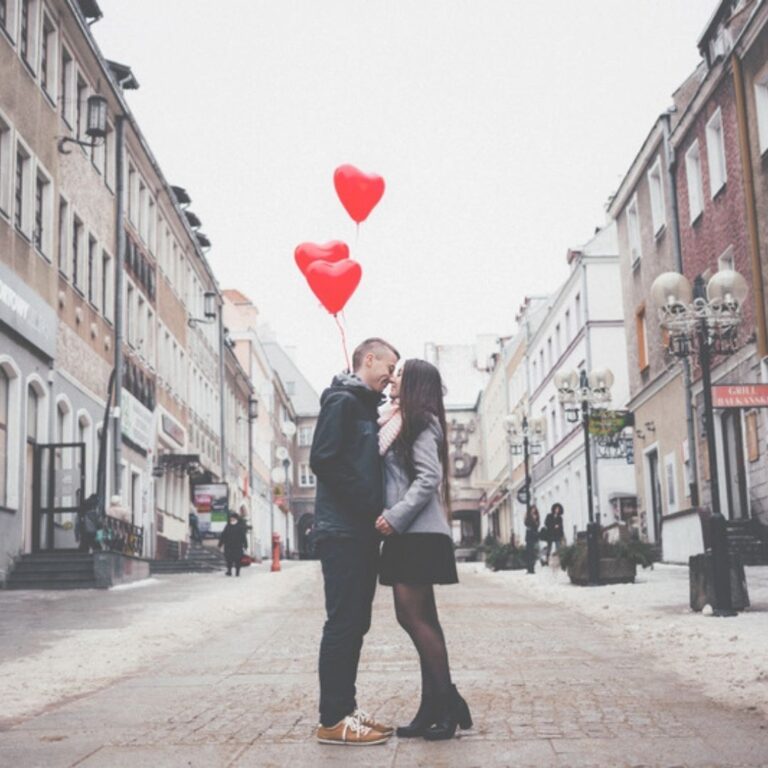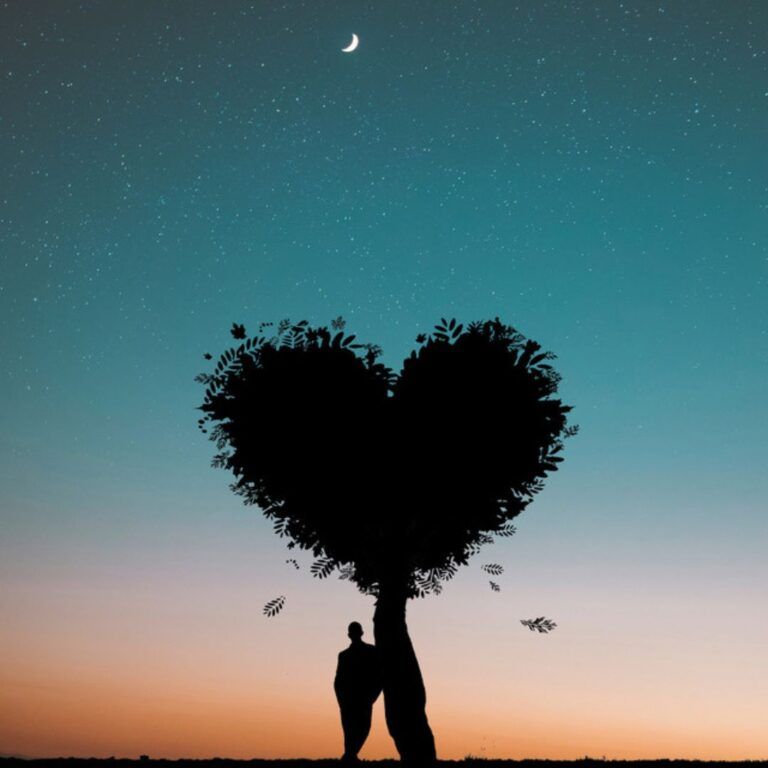Welcome to another deep dive into the fascinating world of psychology and creativity! If you’re a creative soul or simply intrigued by the intersection of art and emotion, you’ve come to the right place. Today, we’re exploring the profound connection between art and emotion, and how this relationship influences both our mental well-being and our creative output. This article is brought to you by Riya’s Blogs, where we explore topics that spark curiosity and deepen our understanding of the human experience. You can check out more insightful reads at Riya’s Blogs.
The Emotional Canvas: How Art Reflects Our Inner Worlds
Art has always been a mirror reflecting the inner landscapes of the human psyche. From the vibrant hues of Van Gogh’s paintings to the stark minimalism of contemporary installations, art serves as a medium through which emotions are expressed, understood, and shared. But what’s happening psychologically when we create or engage with art? Let’s delve into the science behind this creative exchange.
- The Therapeutic Power of Art
Art therapy is a well-established field that leverages creative expression to enhance emotional health. Studies have shown that engaging in artistic activities can significantly reduce symptoms of anxiety, depression, and trauma. The act of creating art allows individuals to externalize their emotions, making them more manageable. For example, a person struggling with grief might paint their feelings of loss, which can help them process and articulate emotions that are otherwise difficult to express.
- Art as a Form of Emotional Release
The concept of catharsis, or the process of releasing and thereby providing relief from strong or repressed emotions, is central to understanding how art functions as a tool for emotional expression. When artists immerse themselves in their work, they often experience a form of emotional release. This process is not limited to professional artists; anyone engaging in creative activities can experience catharsis. Whether it’s through painting, writing, or playing music, the act of creation allows for the release of pent-up emotions and the exploration of personal experiences.
- Emotional Resonance in Art Appreciation
When we view art, our emotional response can be profound. This is due to the concept of emotional resonance, where viewers connect with the emotions embedded in a piece of art. This connection is facilitated by the brain’s ability to empathize with the artist’s intent and experiences. For instance, a somber painting might evoke feelings of sadness or nostalgia in a viewer, even if the emotions are not directly related to the viewer’s personal experiences. This empathetic response underscores the universal nature of art as a means of shared emotional experience.
The Psychological Mechanisms Behind Creative Expression
Understanding the psychology behind why and how art affects our emotions requires a closer look at the cognitive and neurological mechanisms involved.
- The Role of the Brain’s Reward System
Creating art activates the brain’s reward system, including the release of dopamine, a neurotransmitter associated with pleasure and satisfaction. This activation can make the process of creating art highly rewarding, which is why many artists experience a state of flow—where they are fully immersed and lose track of time during the creative process. This state of flow is not only pleasurable but also contributes to increased levels of self-esteem and a sense of accomplishment.
- Cognitive Processing and Emotional Expression
The act of creating art involves complex cognitive processes, including problem-solving and decision-making. These cognitive activities are intertwined with emotional expression. For example, when an artist chooses colors, shapes, and forms, they are often guided by their emotional state. This decision-making process is not purely rational but is deeply influenced by the artist’s feelings and psychological state at the moment of creation.
- Art and Memory: A Pathway to Healing
Art can also serve as a powerful tool for memory recall and emotional healing. Art therapy techniques often use visual arts to help individuals process past experiences and traumatic memories. By externalizing these memories through art, individuals can gain new perspectives and work through unresolved emotional issues. This approach is particularly effective in helping people with PTSD or those who have experienced significant trauma.
The Impact of Artistic Expression on Mental Health
Artistic expression has a profound impact on mental health, and its benefits are supported by numerous studies and therapeutic practices.
- Reducing Stress and Promoting Relaxation
Engaging in art can be a relaxing activity that reduces stress levels. The focused attention required for creating art helps individuals disconnect from daily stressors and immerse themselves in a calming activity. This mindfulness aspect of art-making can lead to reduced levels of cortisol, the stress hormone, and contribute to overall emotional well-being.
- Enhancing Self-Awareness and Personal Growth
Through artistic expression, individuals often gain deeper insights into their emotions and personal experiences. Art encourages self-reflection and self-discovery, leading to increased self-awareness and personal growth. This heightened self-awareness can foster emotional resilience and a better understanding of one’s own psychological needs.
- Fostering Social Connections and Community
Art also has a social dimension that can contribute to emotional well-being. Participating in group art activities or exhibitions provides opportunities for social interaction and community building. These social connections can offer emotional support and foster a sense of belonging, which is essential for mental health.
The Future of Art and Emotion in Therapy and Beyond
As we continue to explore the intersection of art and psychology, new and innovative approaches are emerging. Digital art therapy, virtual reality art experiences, and other technological advancements are expanding the ways in which art can be used for emotional expression and healing. These developments hold promise for making art therapy more accessible and adaptable to diverse needs and contexts.
- Embracing Digital Art Therapies
The rise of digital technologies has introduced new opportunities for creative expression and therapy. Virtual art platforms and digital art tools provide new avenues for engaging with art and exploring emotional experiences. These digital formats can offer increased accessibility for individuals who may not have access to traditional art materials or therapy settings.
- Integrating Art into Holistic Wellness Approaches
As we advance our understanding of the psychological benefits of art, there is a growing recognition of its role in holistic wellness approaches. Integrating art practices into overall mental health strategies can enhance emotional well-being and provide additional support for individuals navigating life’s challenges.
Conclusion: Embracing the Power of Art and Emotion
The connection between art and emotion is both profound and multifaceted. From its therapeutic benefits to its role in enhancing mental health and self-awareness, art serves as a powerful tool for emotional expression and healing. Whether you’re an artist or simply an art enthusiast, understanding the psychology behind creative expression can deepen your appreciation for the role art plays in our lives.
At Riya’s Blogs, we’re dedicated to exploring topics that enrich our understanding of the human experience. For more engaging and insightful content, visit Riya’s Blogs. Join us as we continue to delve into the fascinating intersections of psychology, creativity, and personal growth.
Feel free to share your thoughts and experiences with art and emotion in the comments below. How has art influenced your emotional well-being or creative journey? Let’s keep the conversation going and continue exploring the endless possibilities of artistic expression.







